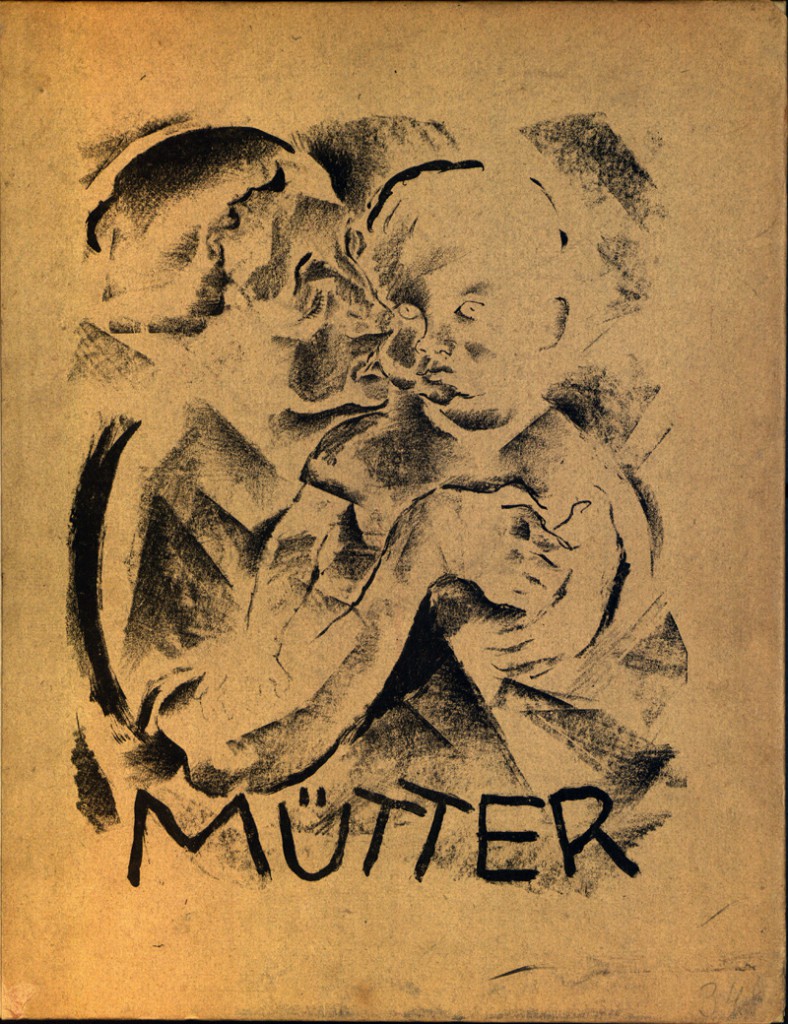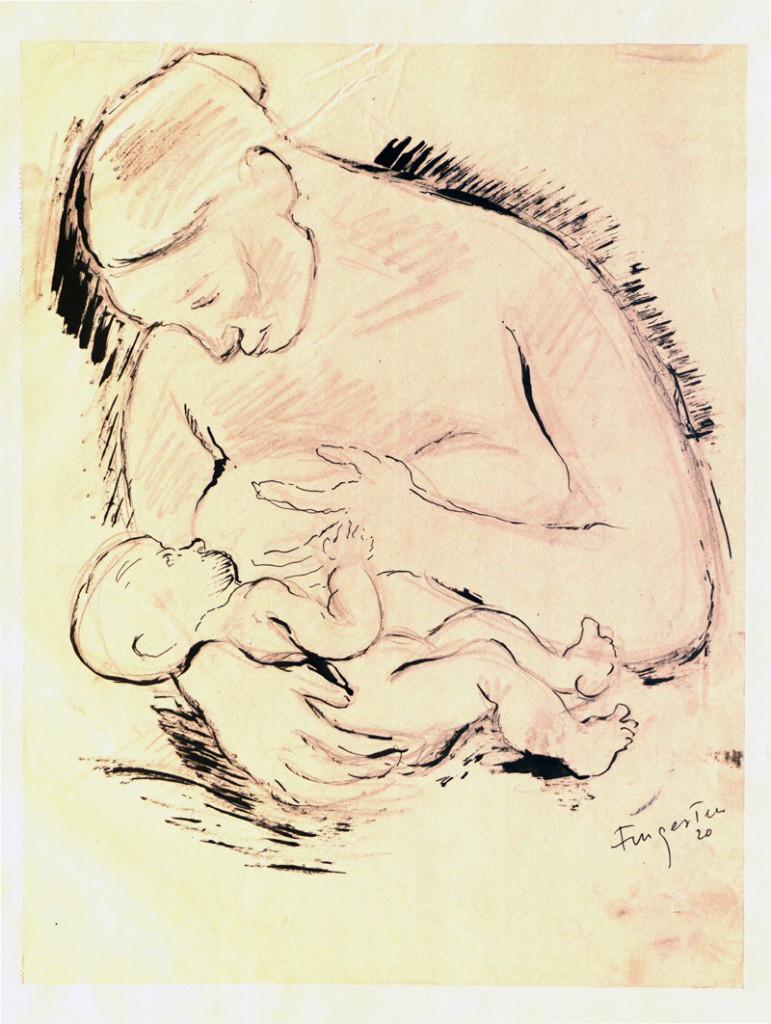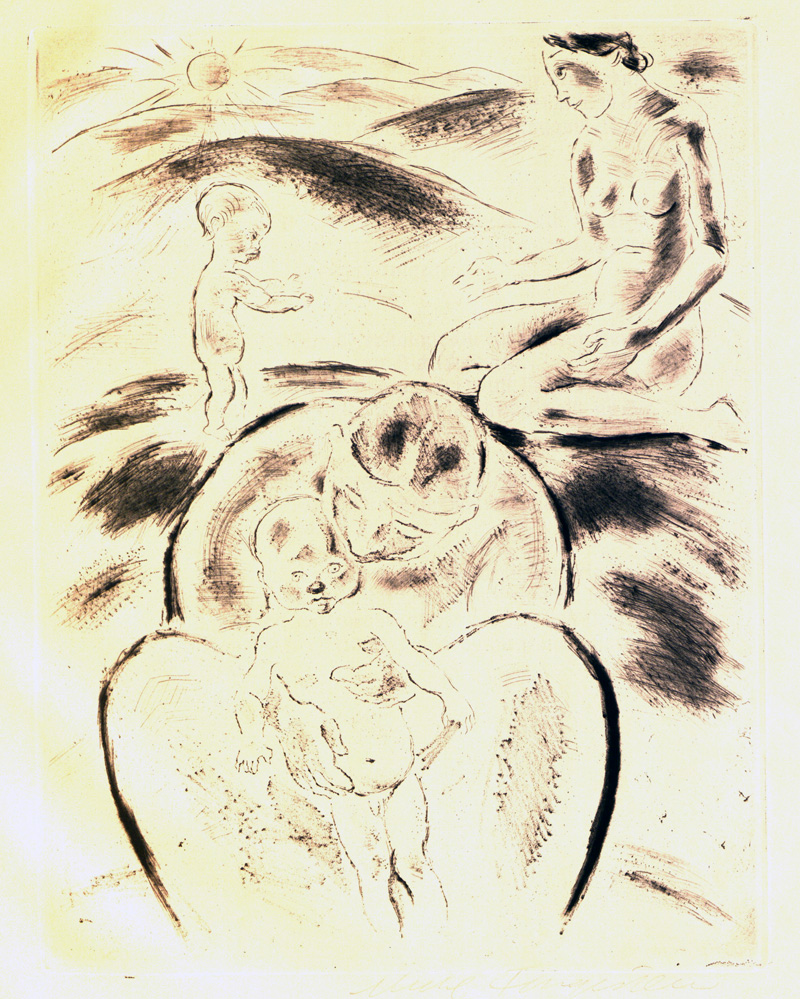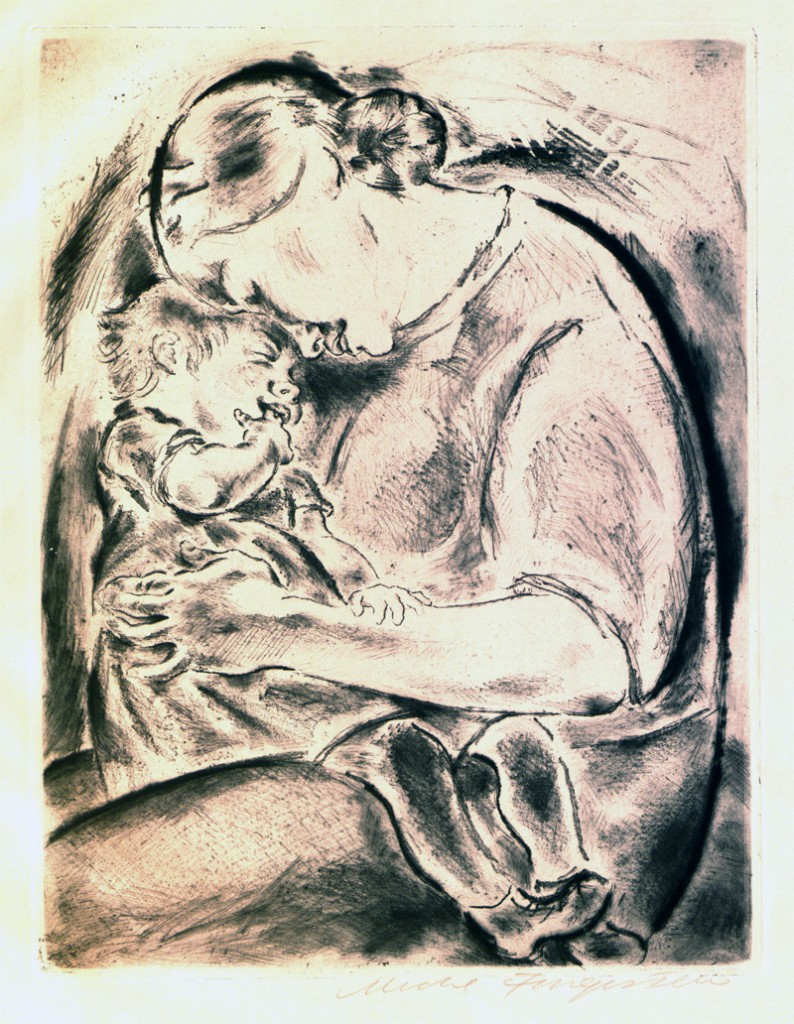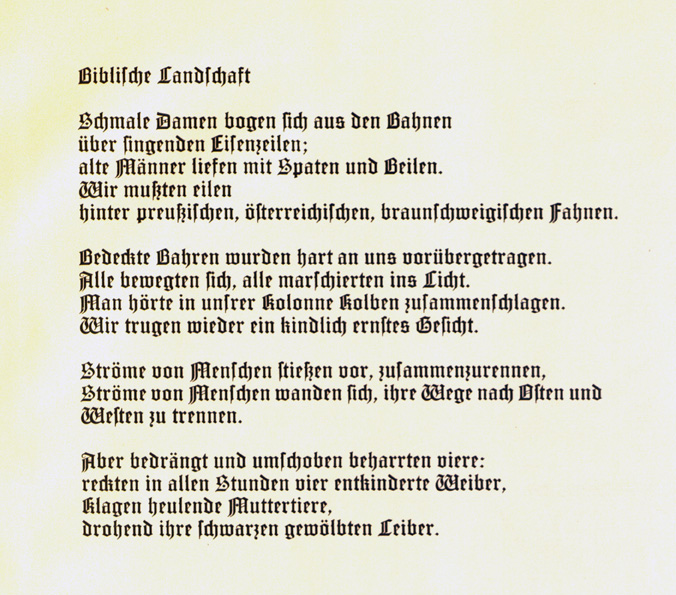The National Research Council has released Workforce Needs in Veterinary Medicine. Check it out online!
Press Release from NAP
Date: May 30, 2012
FOR IMMEDIATE RELEASE
Current Focus of Veterinary Medical Profession Leaves Research, Food Security, Public Health Needs Underserved
WASHINGTON — Without immediate action, a new National Research Council report warns, the academic veterinary community could fail to prepare the next generation of veterinarians for faculty teaching and research positions as well as for jobs in state diagnostic laboratories, federal research and regulatory agencies, and the pharmaceutical and biologics industry. Although the supply of veterinarians is growing, more than half of veterinary students seek training in companion animal or pet medicine. In addition, increasing debt from veterinary education may inhibit graduates from pursuing Ph.D. training that would prepare them for academic careers, key jobs in the public sector, and some positions in industry.
Cost-cutting measures at universities have adversely affected the ability of colleges and schools of veterinary medicine to hire faculty in less popular fields of veterinary medicine and to support graduate research training. A potential shortage of professionals with training beyond a Doctor of Science in Veterinary Medicine could impact the supply of veterinarians to fill jobs overseeing and enforcing food safety and animal health standards, conducting research in human drug development and advances in pet health, and participating in wildlife and ecosystem management, infectious disease control, biosecurity, and agro-terrorism prevention.
“Companion animal medicine and its growing number of specialties that improve the health and lives of pets has been a success story, but it dominates veterinary schools’ curriculum and resources, sometimes to the detriment of equally critical fields,” said Alan Kelly, emeritus professor of pathology and pathobiology at the School of Veterinary Medicine, University of Pennsylvania and chair of the committee that wrote the report. “We must ensure that schools train qualified veterinarians in sync with the diverse and growing array of societal needs.”
For example, food-animal production is changing dramatically in the U.S. and abroad. Large U.S. producers need veterinary services to focus on “herd health” while small producers, who have difficulty collectively supporting a full-time veterinarian, need primary animal care. Having fewer veterinarians in rural areas raises concerns about the level of animal disease surveillance in the field, which is critical to the prompt detection of outbreaks with potentially massive economic consequences.
In developing countries, where meat demand is growing, crowding animals in hot, humid conditions places the health of animals, humans, and ecosystems at risk and is unsustainable. “The fact that 60 percent of all infectious diseases in humans are of animal origin and 75 percent of emerging infectious diseases in the last decade arose from animals underscores the importance of maintaining expertise in other areas of veterinary medicine,” explained Kelly.
Addressing these challenges depends on the profession’s commitment to promote and develop diverse career paths in veterinary medicine and on the efficient delivery of veterinary services, which in some cases may mean using veterinary technicians to extend the field’s reach. The report’s recommendations center on partnerships among professional veterinary organizations, academia, industry, and government. These groups could form a national consortium or committee to focus on the economic sustainability of the profession in all sectors of service, education, and research, and develop a national veterinary curriculum that could be delivered electronically or through alternative measures.
Veterinary medical organizations and the deans of veterinary colleges could work to increase the profession’s visibility, standing, and potential to address global food security, says the report. Establishing a health-oriented think tank with the goal of advancing sustainable food-animal husbandry practices, welfare policies, ecosystem health standards, and the capacity of the veterinary profession in the developing world is important and could help future generations of veterinarians collaborate across professions, disciplines, and cultures. A part of this body could also evaluate the competencies required of U.S. veterinary graduates to address the global challenges of food and water safety and security, the impact of urbanization on food supply systems, and the health of wildlife and ecosystems.
The study was sponsored by the Association of American Veterinary Medical Colleges, American Veterinary Medical Association, American Animal Hospital Association, Burroughs Wellcome Fund, and Bayer Animal Health Inc. The National Academy of Sciences, National Academy of Engineering, Institute of Medicine, and National Research Council make up the National Academies. They are independent, nonprofit institutions that provide science, technology, and health policy advice under an 1863 congressional charter. Panel members, who serve pro bono as volunteers, are chosen by the Academies for each study based on their expertise and experience and must satisfy the Academies’ conflict-of-interest standards. The resulting consensus reports undergo external peer review before completion. For more information, visit http://national-academies.org/studycommitteprocess.pdf. A panel roster follows.



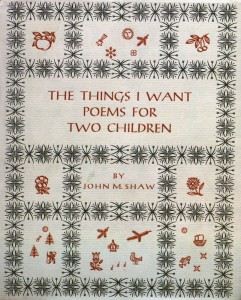
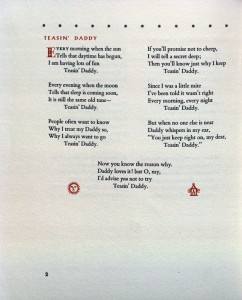
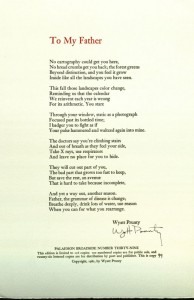
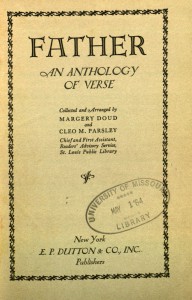
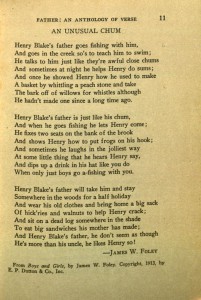
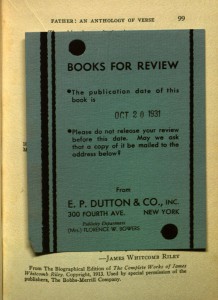
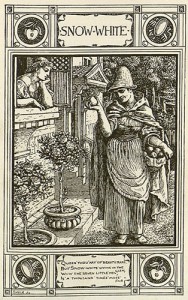 Snow White's been busy lately. This year alone she’s starring in two movies while also appearing in a television series.
Snow White's been busy lately. This year alone she’s starring in two movies while also appearing in a television series.
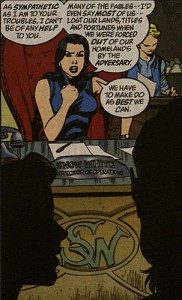 that original tale, while others take a bit of creative license.
that original tale, while others take a bit of creative license.
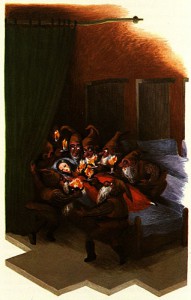
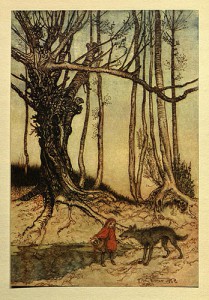
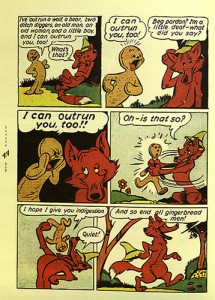
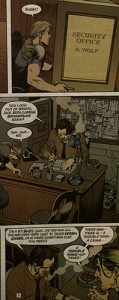
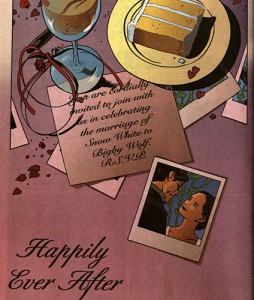
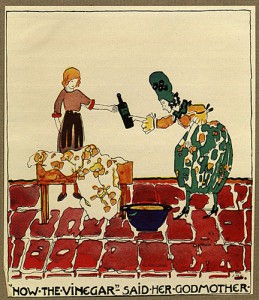
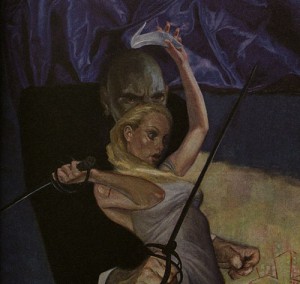
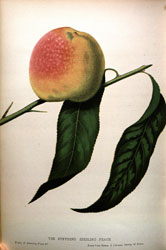
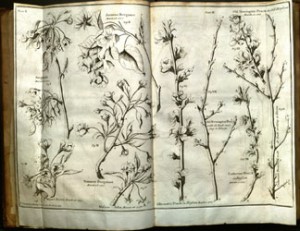
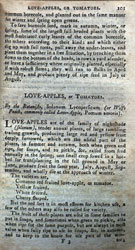
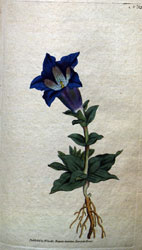
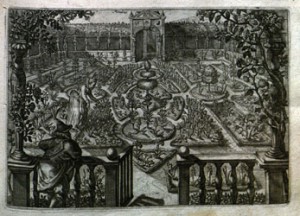
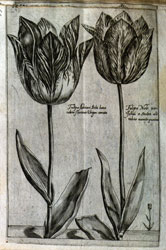
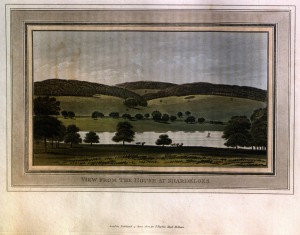
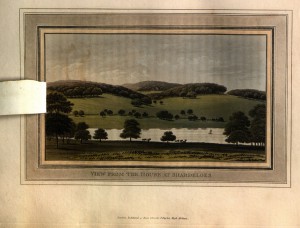
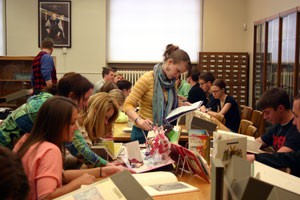 Today and yesterday, participants from across campus gathered for the annual
Today and yesterday, participants from across campus gathered for the annual 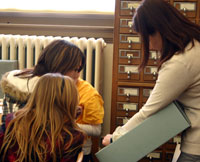 You can find out more about some of our student and faculty patrons in our
You can find out more about some of our student and faculty patrons in our 